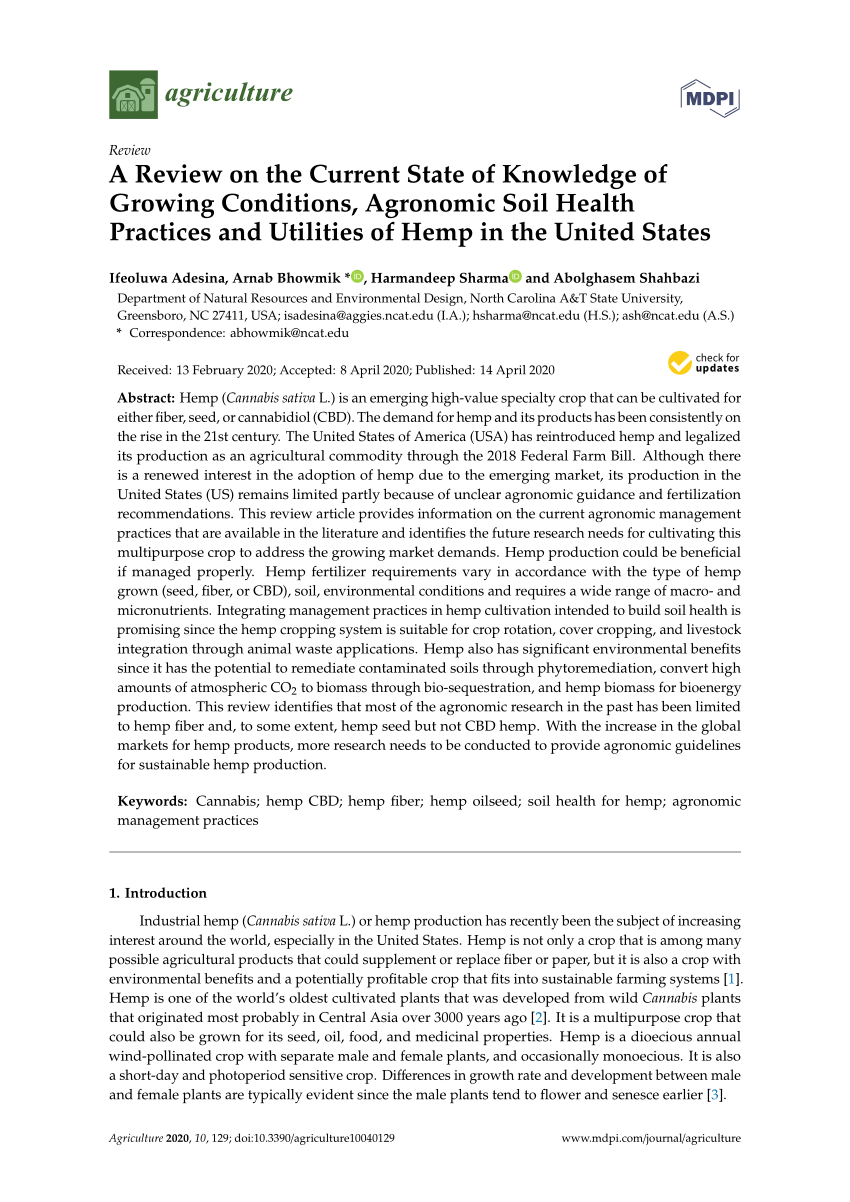PadawanWarrior
Well-Known Member
I'd consider my 3 1/2 year old soil a sandy loam or silty loam. But it's hard for me to say for sure. At least I'm in the Loam range,A Review on the Current State of Knowledge of Growing Conditions, Agronomic Soil Health Practices and Utilities of Hemp in the United States
"Growing Conditions for Hemp Cultivation
3.1. Soil Conditions Hempcan be grown on several soil types, but it thrives best on loose, well-drained loam soils that are rich in organic matter [53,54]. The most suitable soil for hemp cultivation should have a pH 6.0–7.5 [28] and according to [55], the optimum soil pH for hemp production ranges between 5.8 and 6.0 as it does not grow well in acidic soil. The soil should be deep, well-aerated, rich in nutrients, and have a good water-holding capacity [53]. Sandy loam texture is ideal for hemp growth, followed by clay loam, but heavy clay soil and sandy soil are not very well suitable because they hold too muchor too little water [56]. Soil preparation is an essential process in hemp cultivation, and all soil hard pans should be broken to allow free draining as waterlogging kills the plants, especially the young ones. The presence of a compacted layer can restrain root development, particularly when the compaction pan is due to poor soil preparation. Hemp is a tap-rooted crop, and in fine soils, the taproot typically takes on an L-shape, which negatively affects the uptake of nutrients and water by the crop [15]. A study concluded that fertile clay loam or silt loam soils with neutral alkalinity are most suitable for hemp cultivation [57]. Hemp does not germinate well in acid sandy soils, heavy clay, or gravelly soils. Hemp plants could grow in peaty marshlands but will yield lower amounts and quality of fiber [57]. Hemp is very sensitive to soil moisture conditions and should not be subjected to drought. It grows well in soils with high water-holding capacity, and good soil drainage is crucial to maximizing its production since most hemp plants failed to grow in poorly drained soils [58]."









